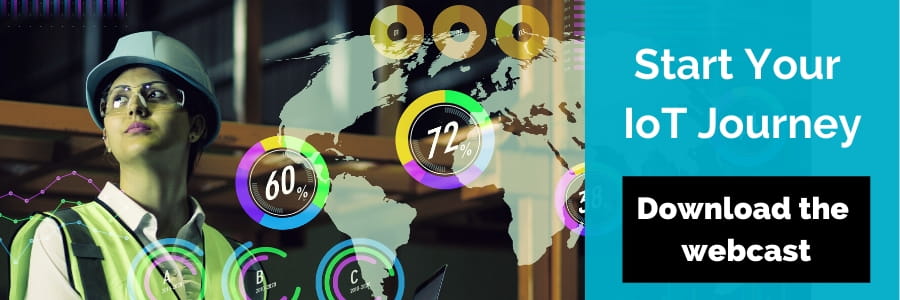Prescriptive vs Predictive Analytics: What’s the Difference?
Many businesses today are struggling to figure out what’s waiting for them further along the road and how to get there. The answers, they’re told, lie in the data they already have – if they can only figure out what to do with it. Central to this conundrum is how to choose between prescriptive vs predictive analytics.
Let's take a look at what each approach means, how to use them in the real world, and which makes the most sense for your business needs.
What Are Predictive Analytics?
Predictive analytics involve identifying data patterns, which are used to create data models that give you an informed idea of what’s likely to happen next. Predictive analytics typically combine current and historical data, drawing on descriptive analytics, which tells you what happened, as well as diagnostic analytics, which tell you why something occurred. This means you can start to assess where trends are heading, as well as when conditions are likely to replicate in the future, producing comparable results.
While you can’t look into the future with certainty, companies that use predictive analytics and modeling are in a better position than ever before to create accurate forecasts and identify potential problems before they emerge. This is thanks to the sheer amount of data we’re now able to collect every day combined with ever-growing availability of sophisticated analysis tools and algorithms.
Leveraging Predictive Analytics in Business
Predictive analytics enables companies to identify potential equipment failures or other system faults before they happen. This helps you plan maintenance more efficiently and effectively – cut repair and inventory costs while reducing downtime or the risk of an unplanned outage in the process.
More and more organizations are incorporating predictive analytics into their IT security strategy. Predictive analytics help find anomalies that don’t fit with normal system behavior, helping you uncover attempted hacks and other forms of cybercrime very quickly, with less risk of “false positives” (non-threats that get caught up in the net).
In addition to preventing problems, predictive analytics can be a resource to find new opportunities based off existing data, including how much revenue you will be able to generate from a demographic or zip code.
In manufacturing, predictive analytics is often used to assess seasonal demand and real-time sales cycles. To ensure you are not missing out when orders spike and to avoid paying high warehouse costs during quiet times, you want to have a productive plan in place.
What Are Prescriptive Analytics?
Built upon the foundation of predictive analytics, prescriptive analytics not only tell you what to expect, they also suggest what you should do. By merging predictive models with neural networks of machine learning, it “prescribes” possible courses of action to help you solve a specific issue and overcome challenges exposed in the model.
Not only can prescriptive analytics packages handle business rules and complex data from structured, unstructured and hybrid sources, but the AI-driven algorithms continually add and synthesize new data, enabling them to zip through vast amounts of information, finding patterns and discerning outcomes. The system learns from other’s successes and failures at an incredible speed – and passes on those insights allowing you to efficiently make the most profitable and successful decisions.
Real-World Scenarios for Prescriptive Analytics
According to Gartner, the market for prescriptive analytics software is growing fast across a number of sectors – they expect it to be worth $1.88 billion by 2022. In the product design and manufacturing sector, companies leverage the industrial internet of things (IIoT) to remotely monitor assets and collect valuable data that can be used to gain insights that will increase operational efficiency. These analytics can be used to set better production sequences and shift schedules, optimize their distribution strategy, and decide which factories should create which products. Prescriptive analytics help to make smarter decisions on truck loading, order handling and shipping that ultimately improve their logistics handling models. They also play a growing role in capacity planning as well as guiding capital expenditure choices to maximize ROI.
Prescriptive vs Predictive Analytics: A Combination for Success
Predictive analytics offer a data-driven picture of where your organization is headed while leaving the responsibility for identifying potential solutions to you and your team. Taken to the next level, prescriptive analytics can transform informed processes by automating suggested actions to follow. Use both types of analytics to suit your business’s needs.
For example, use the platform to trigger simple actions, such as placing simple order for materials, but hold off from triggering prescriptive analytics to become involved in high-level strategy. The key is to establish what you need to achieve and then pick the technology that helps you do it, not the other way around.
As you embark on your analytics journey, watch this webcast to learn how to create a solid foundation for your predictive and prescriptive analytics strategy.
